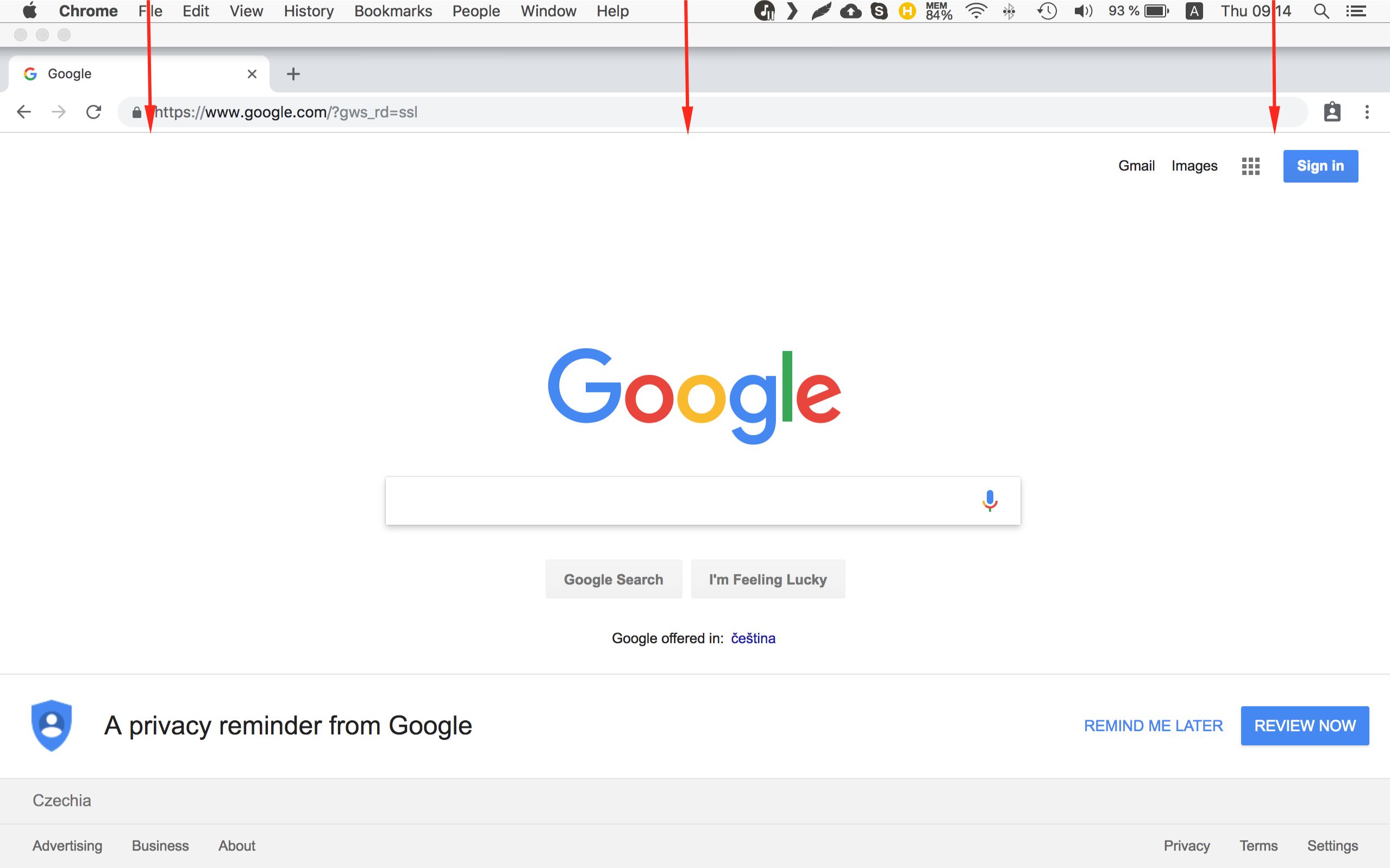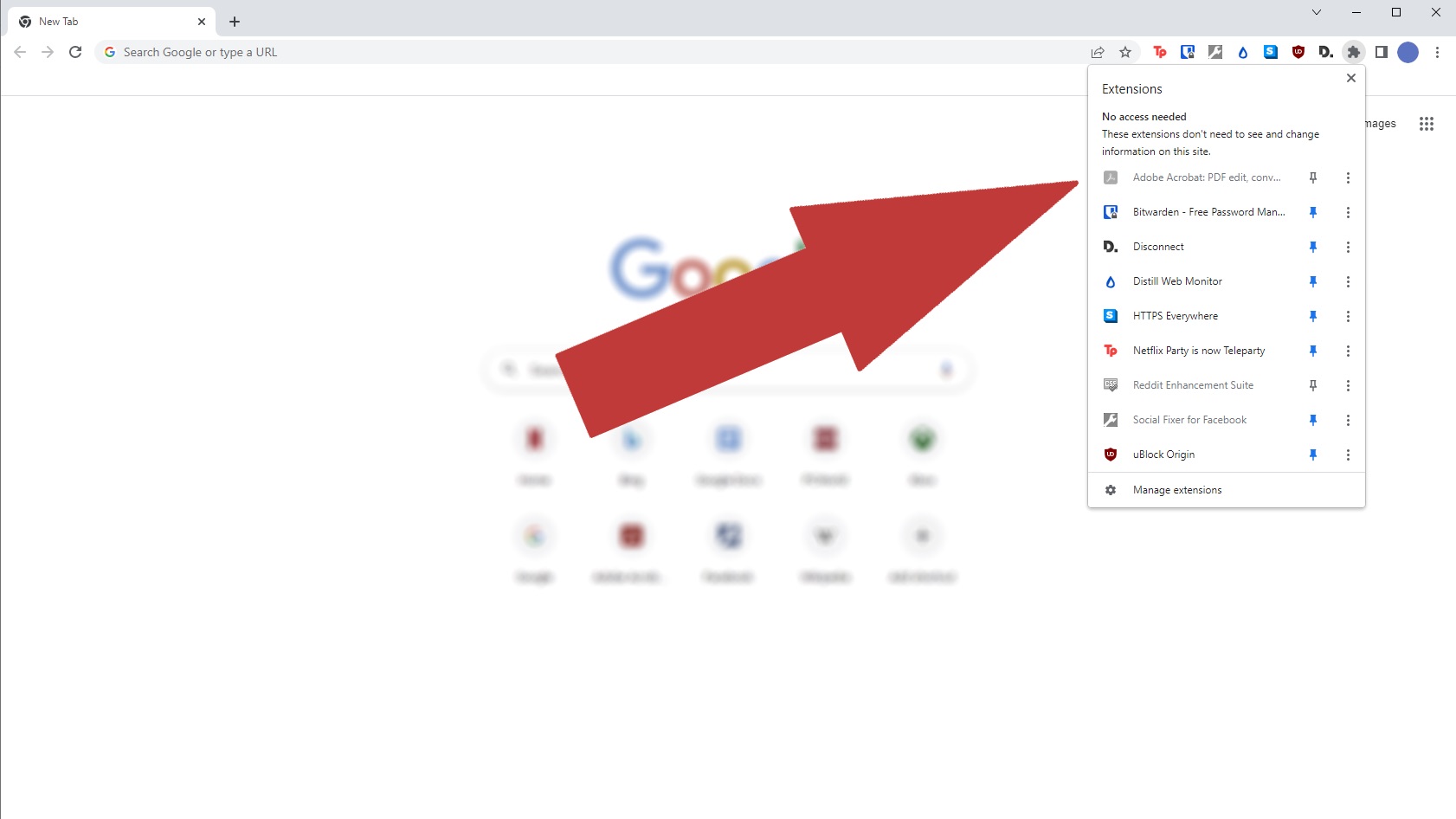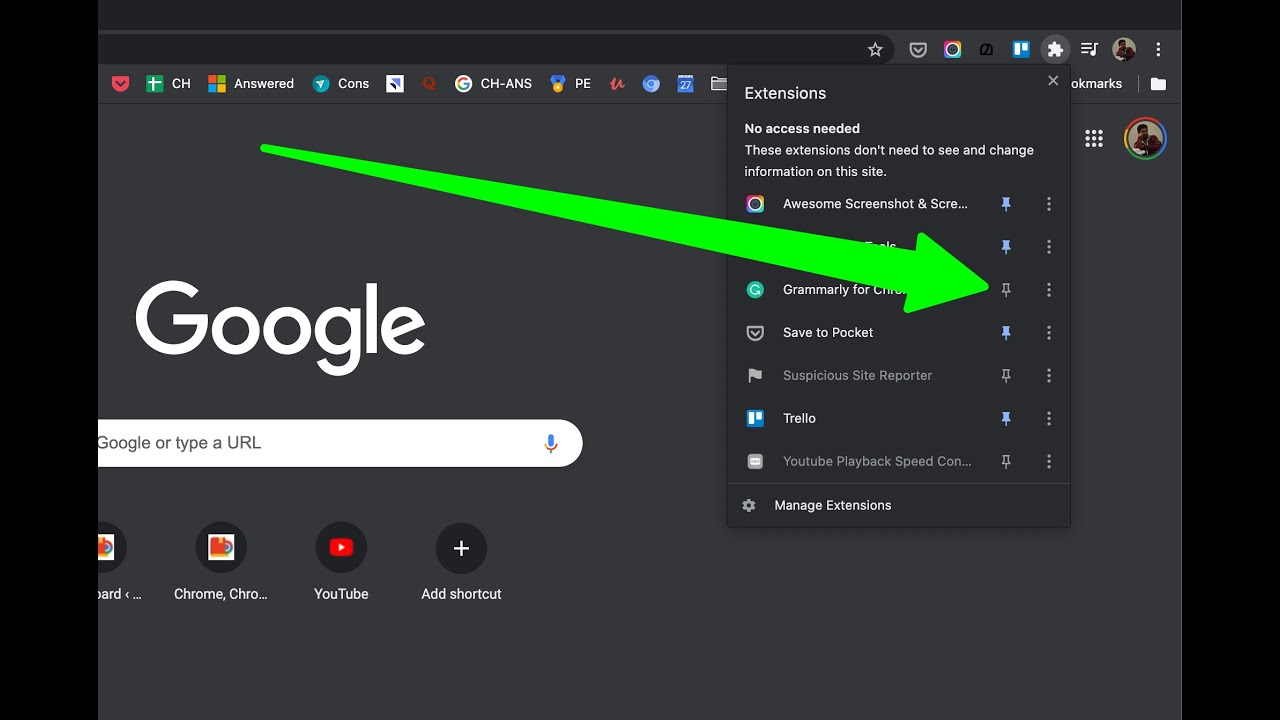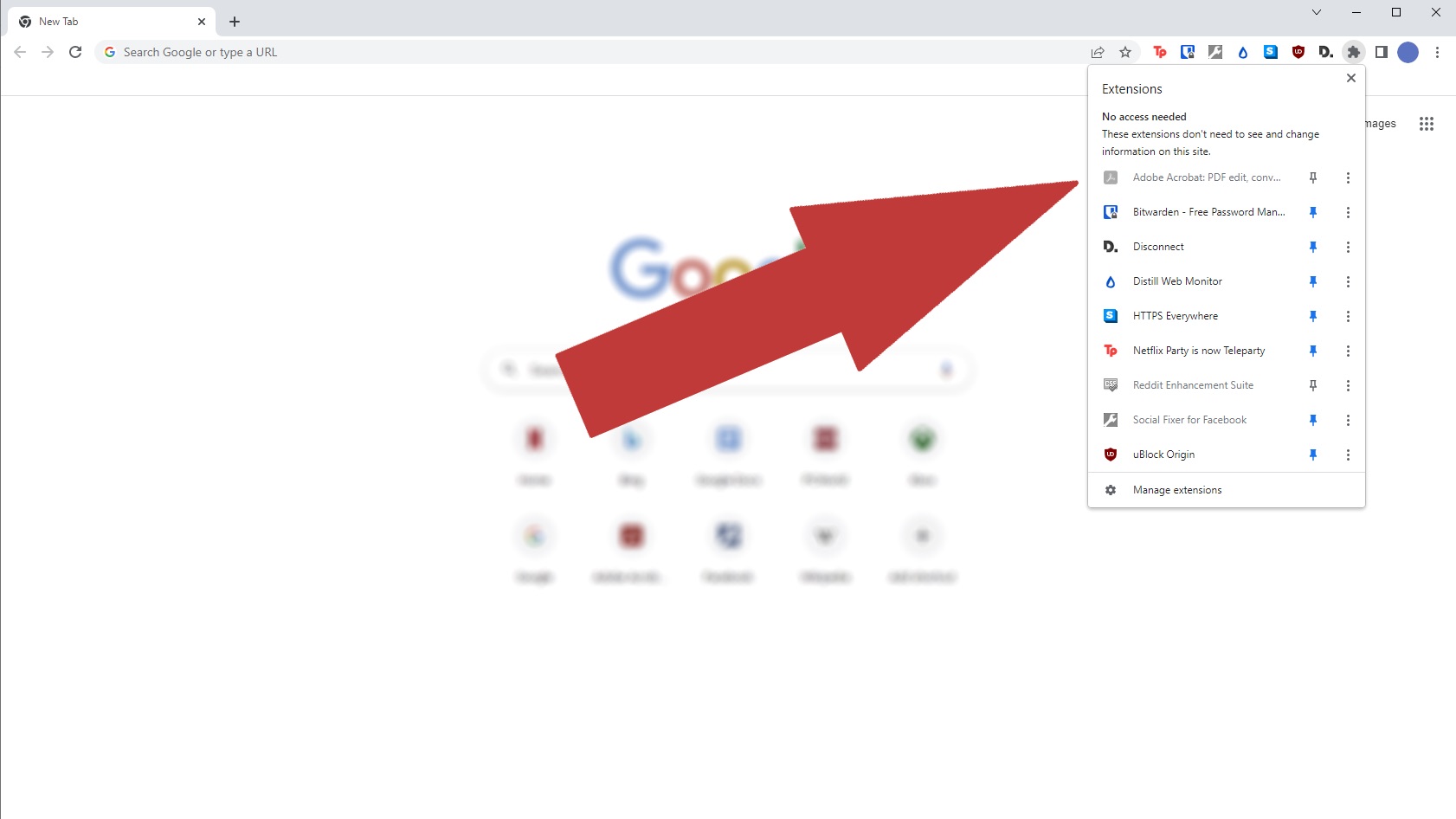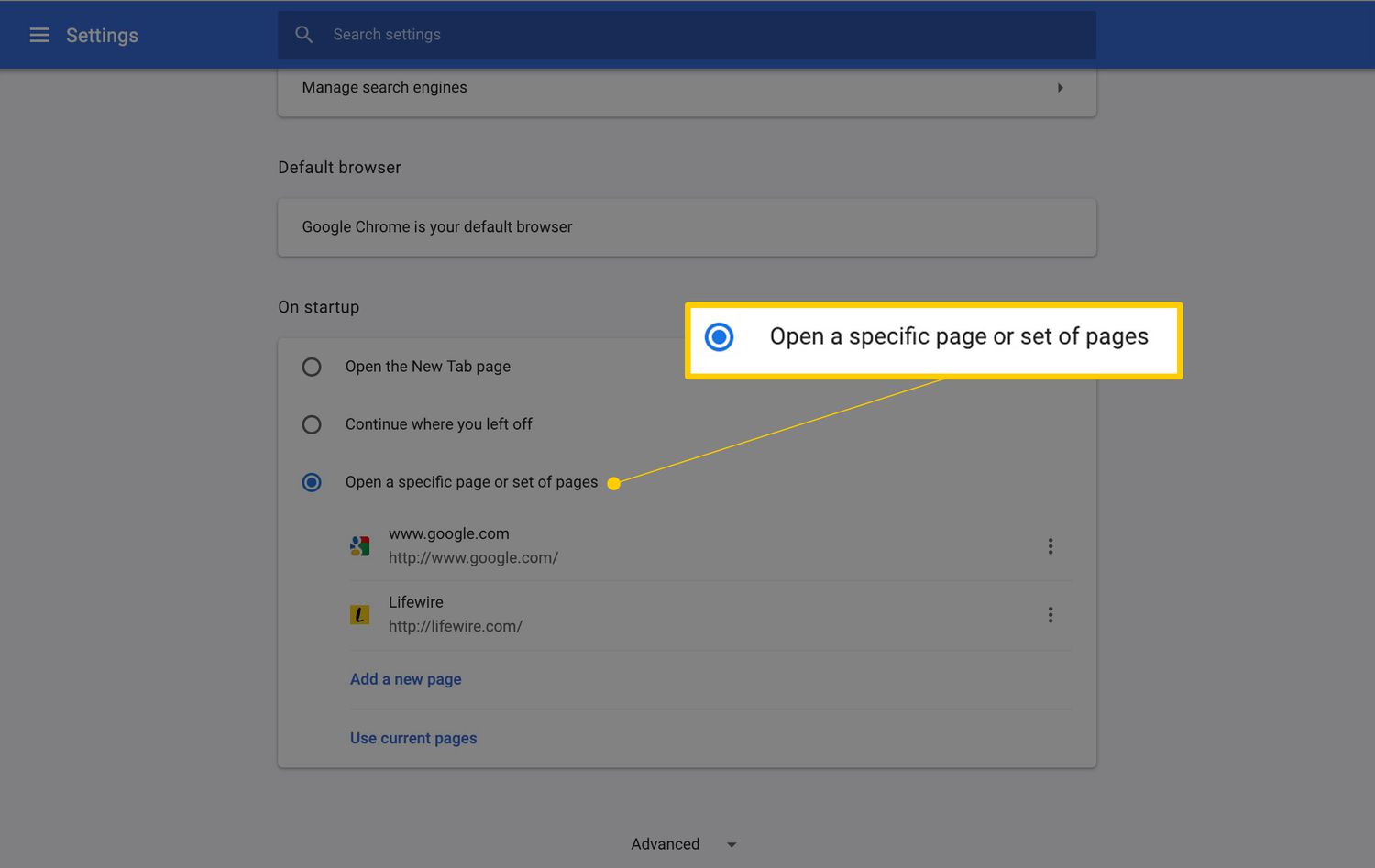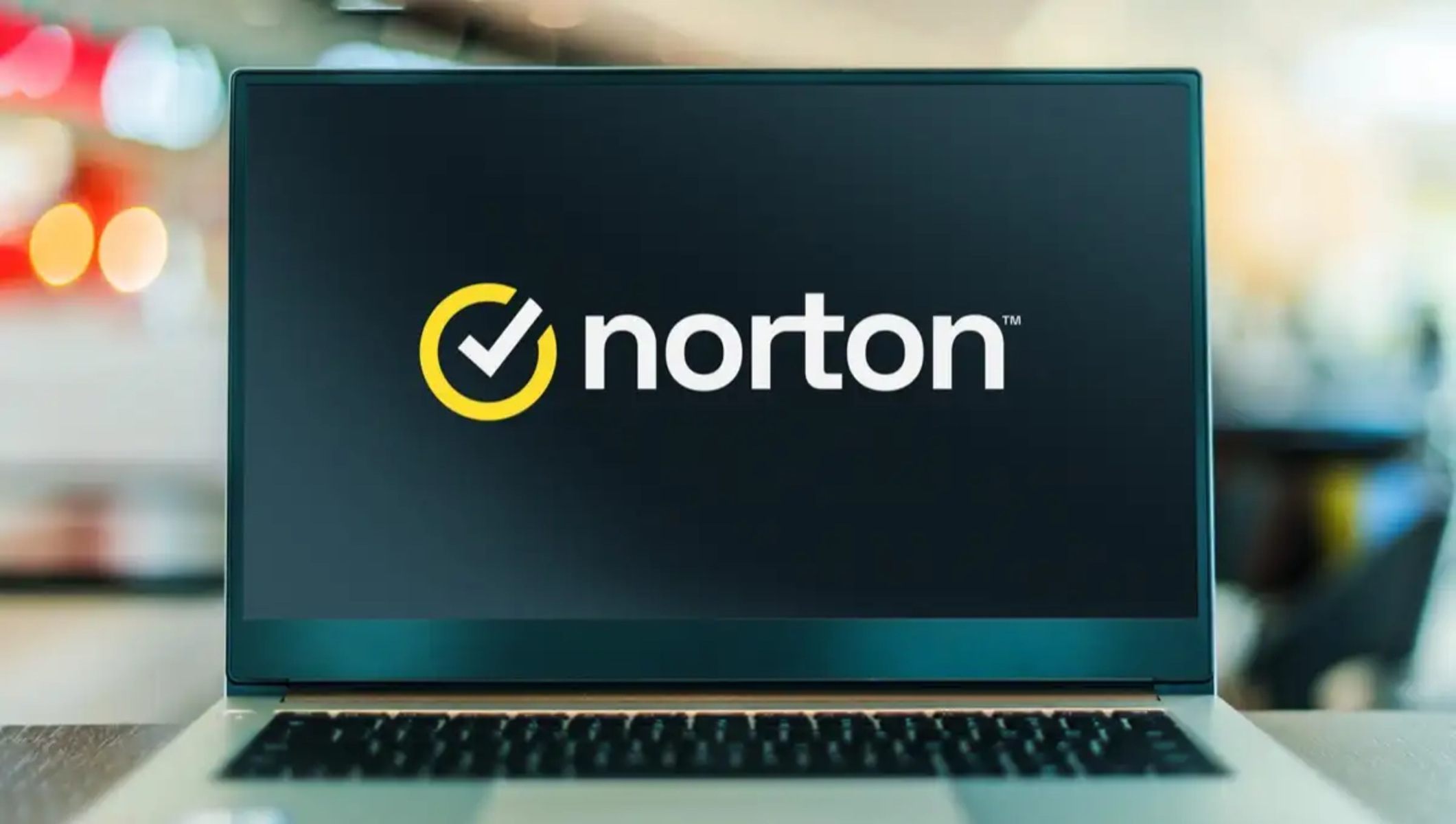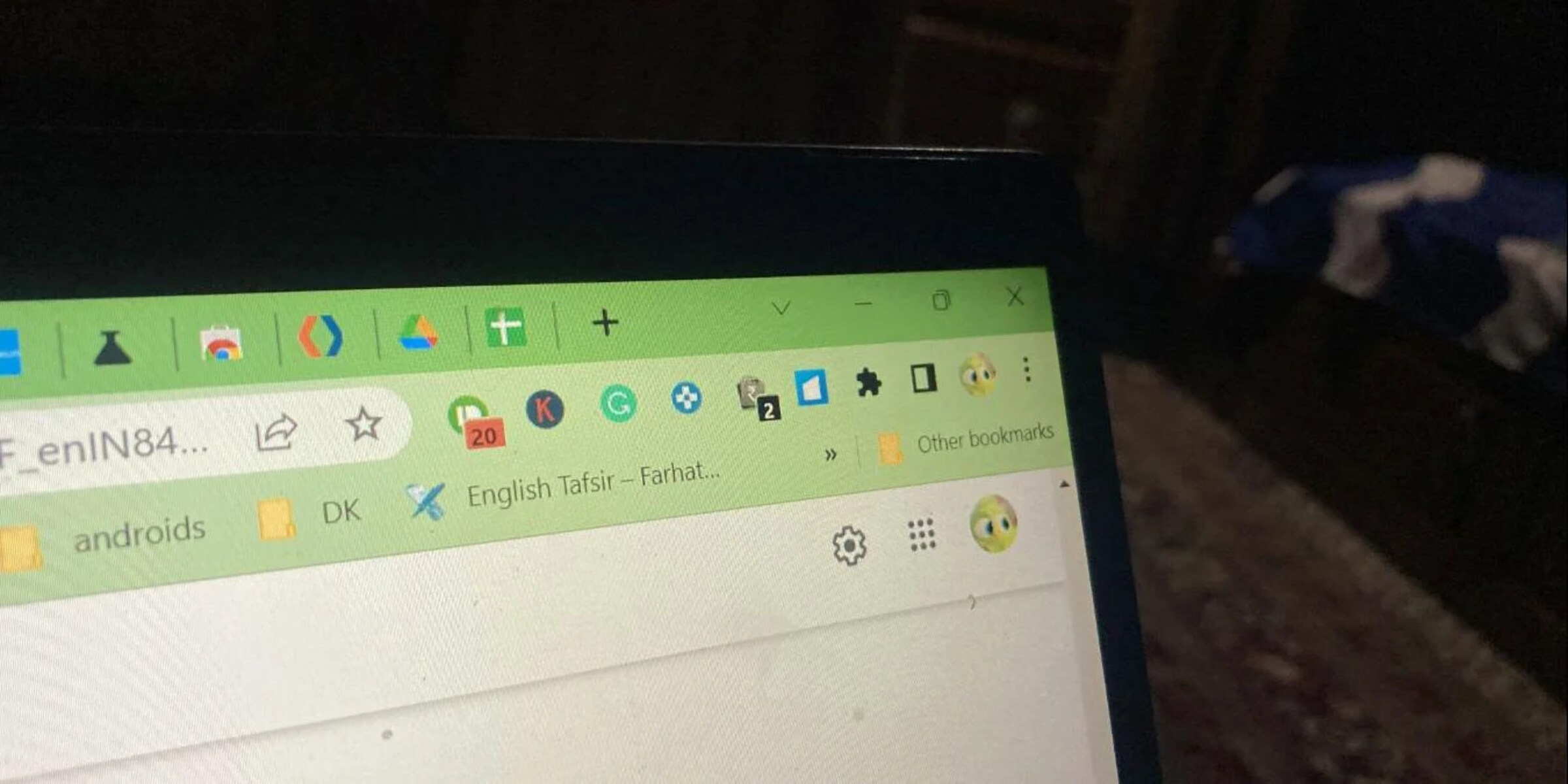Introduction
The Chrome toolbar is a fundamental component of the Google Chrome web browser, serving as a central hub for accessing various features and functions. It is a versatile and customizable tool that empowers users to streamline their browsing experience, access essential controls, and enhance productivity. Understanding the Chrome toolbar and its capabilities is crucial for maximizing the potential of this popular web browser.
The toolbar, located at the top of the browser window, provides quick access to essential features such as the address bar, navigation buttons, extensions, and settings. It serves as a gateway to a multitude of functions, enabling users to navigate the web, manage their browsing history, and interact with installed extensions seamlessly.
As the digital landscape continues to evolve, the Chrome toolbar remains a pivotal element in the browsing ecosystem, adapting to the changing needs of users and incorporating innovative features to enrich the browsing experience. Whether it's accessing bookmarks, managing downloads, or utilizing extensions for added functionality, the toolbar serves as a central command center for users to harness the full potential of the Chrome browser.
In this comprehensive guide, we will delve into the intricacies of the Chrome toolbar, exploring its functionalities, customization options, and troubleshooting common issues. By gaining a deeper understanding of the toolbar and its capabilities, users can optimize their browsing experience, tailor the toolbar to their preferences, and address any potential challenges that may arise.
Join us on this journey as we unravel the mysteries of the Chrome toolbar, empowering users to harness its full potential and navigate the digital realm with confidence and efficiency. Whether you're a seasoned Chrome user or just getting started, this guide will equip you with the knowledge and insights needed to make the most of the Chrome toolbar and elevate your browsing experience.
Understanding the Chrome Toolbar
The Chrome toolbar, also known as the omnibox, is a multifaceted interface element that plays a pivotal role in the browsing experience. Positioned prominently at the top of the browser window, it serves as a versatile command center, offering a plethora of functionalities to streamline navigation, access essential controls, and interact with various features seamlessly.
Address Bar and Search Functionality
At the heart of the Chrome toolbar lies the address bar, which doubles as a powerful search tool. Users can enter website addresses directly into the bar to navigate to specific web pages. Additionally, the omnibox functions as a search engine, allowing users to enter search queries and receive instant results without visiting a search engine's website. This seamless integration of address bar and search functionality exemplifies the omnibox's versatility and convenience.
Navigation Buttons
Adjacent to the address bar are the navigation buttons, comprising the back, forward, and refresh/stop buttons. These intuitive controls enable users to navigate through their browsing history, revisit previously viewed pages, and refresh or halt page loading as needed. The presence of these buttons within the toolbar enhances user accessibility and facilitates effortless navigation within the browser interface.
Extensions and Additional Features
The Chrome toolbar accommodates extensions, which are small software programs that enhance the browser's functionality. These extensions, represented by icons within the toolbar, offer a diverse range of capabilities, including ad-blocking, password management, productivity tools, and more. By integrating these extensions into the toolbar, users can personalize their browsing experience and tailor the browser to suit their specific needs and preferences.
Settings and Customization Options
The toolbar also provides quick access to the browser's settings, empowering users to customize their browsing environment, manage privacy and security preferences, and configure advanced options. This seamless integration of settings within the toolbar streamlines the process of adjusting browser parameters, ensuring that users can fine-tune their browsing experience with ease.
Unified Command Center
In essence, the Chrome toolbar serves as a unified command center, consolidating essential browsing tools and features into a single, easily accessible interface. Its intuitive design and seamless integration of diverse functionalities make it an indispensable asset for users seeking a streamlined and efficient browsing experience.
By comprehensively understanding the intricacies of the Chrome toolbar, users can leverage its capabilities to navigate the web, manage their browsing environment, and interact with a myriad of features seamlessly. This foundational knowledge forms the basis for customizing the toolbar, troubleshooting issues, and harnessing its full potential to enrich the browsing experience.
Customizing the Chrome Toolbar
Customization lies at the heart of the Chrome toolbar, empowering users to tailor their browsing experience to align with their unique preferences and requirements. The ability to personalize the toolbar not only enhances user comfort and efficiency but also allows for seamless integration of essential tools and features. Let's explore the myriad ways in which users can customize the Chrome toolbar to optimize their browsing experience.
Rearranging Icons and Extensions
The Chrome toolbar offers flexibility in arranging icons and extensions to suit individual preferences. Users can effortlessly reposition icons within the toolbar, ensuring that frequently used extensions and controls are readily accessible. This feature enables users to prioritize essential tools, such as ad blockers, password managers, or productivity extensions, by placing them within easy reach in the toolbar.
Adding and Removing Extensions
The process of adding and removing extensions from the toolbar is straightforward, providing users with the freedom to curate a collection of extensions that align with their browsing habits and requirements. By seamlessly integrating extensions into the toolbar, users can enhance their browsing experience with specialized tools, such as language translators, note-taking utilities, or social media integrations, thereby customizing the toolbar to cater to their specific needs.
Customizing the Overflow Menu
The overflow menu, denoted by a vertical ellipsis icon, houses additional extensions and controls that may not fit within the primary toolbar space. Users can customize the overflow menu by adding or removing items, ensuring that essential tools remain easily accessible while decluttering the toolbar interface. This feature allows users to strike a balance between functionality and visual simplicity, optimizing the toolbar for a streamlined browsing experience.
Theme and Appearance Customization
Chrome offers a range of themes and appearance customization options, allowing users to personalize the browser interface, including the toolbar, with diverse color schemes, background images, and visual elements. By leveraging these customization features, users can imbue the toolbar with a personalized aesthetic, reflecting their individual style and preferences while enhancing the overall browsing environment.
Utilizing Chrome Sync
Chrome Sync enables users to synchronize their browsing preferences, including toolbar customizations, across multiple devices. This seamless integration ensures that personalized toolbar configurations remain consistent, regardless of the device being used, thereby providing a cohesive browsing experience across various platforms.
By harnessing the diverse customization options offered by the Chrome toolbar, users can tailor their browsing environment to align with their unique preferences, optimize accessibility to essential tools, and elevate their overall browsing experience. This flexibility and adaptability underscore the Chrome toolbar's role as a dynamic and user-centric interface, empowering individuals to craft a personalized browsing environment that caters to their specific needs and enhances productivity.
Troubleshooting Common Issues with the Chrome Toolbar
The Chrome toolbar, while a robust and versatile component of the browsing experience, may encounter occasional issues that can disrupt user functionality. Understanding and addressing these common issues is essential for maintaining a seamless browsing experience. Let's explore some prevalent challenges users may encounter with the Chrome toolbar and the corresponding troubleshooting steps to resolve them.
Unresponsive or Missing Icons
At times, users may encounter situations where icons within the Chrome toolbar become unresponsive or go missing. This can disrupt access to essential features and extensions. To address this issue, users can attempt to refresh the toolbar by right-clicking on it and selecting "Reload" from the context menu. If the problem persists, restarting the browser or disabling and re-enabling specific extensions can help restore functionality and visibility to the icons.
Toolbar Customization Errors
Users who customize their Chrome toolbar may encounter errors such as icons not staying in their designated positions or disappearing after customization. To troubleshoot this issue, users can try resetting the toolbar to its default configuration by right-clicking on the toolbar, selecting "Customize," and then clicking "Restore defaults." This action can resolve customization-related errors and restore the toolbar to a functional state.
Extension Compatibility Issues
Certain extensions installed in the Chrome toolbar may encounter compatibility issues with browser updates or other installed extensions, leading to performance issues or unexpected behavior. Users can troubleshoot this by disabling extensions one by one to identify the problematic one. Once the problematic extension is identified, users can either update it to the latest version or remove it to restore the stability and functionality of the toolbar.
Omnibox Search Errors
In some instances, the omnibox search functionality may exhibit errors, such as failing to display search suggestions or providing inaccurate results. Users can troubleshoot this issue by clearing the browsing history, cache, and cookies from the browser settings. Additionally, ensuring that the Chrome browser is updated to the latest version can help resolve search-related errors and restore the omnibox functionality.
Unresponsive Navigation Buttons
If the navigation buttons within the Chrome toolbar, including the back, forward, and refresh/stop buttons, become unresponsive, users can troubleshoot this issue by restarting the browser or checking for browser updates. In some cases, extensions or browser settings may interfere with the functionality of these buttons, and identifying and addressing such conflicts can help restore their responsiveness.
By understanding and implementing these troubleshooting measures, users can effectively address common issues that may arise with the Chrome toolbar, ensuring a smooth and uninterrupted browsing experience. The ability to troubleshoot and resolve these challenges underscores the adaptability and resilience of the Chrome toolbar, empowering users to overcome obstacles and continue navigating the digital landscape with confidence and efficiency.







